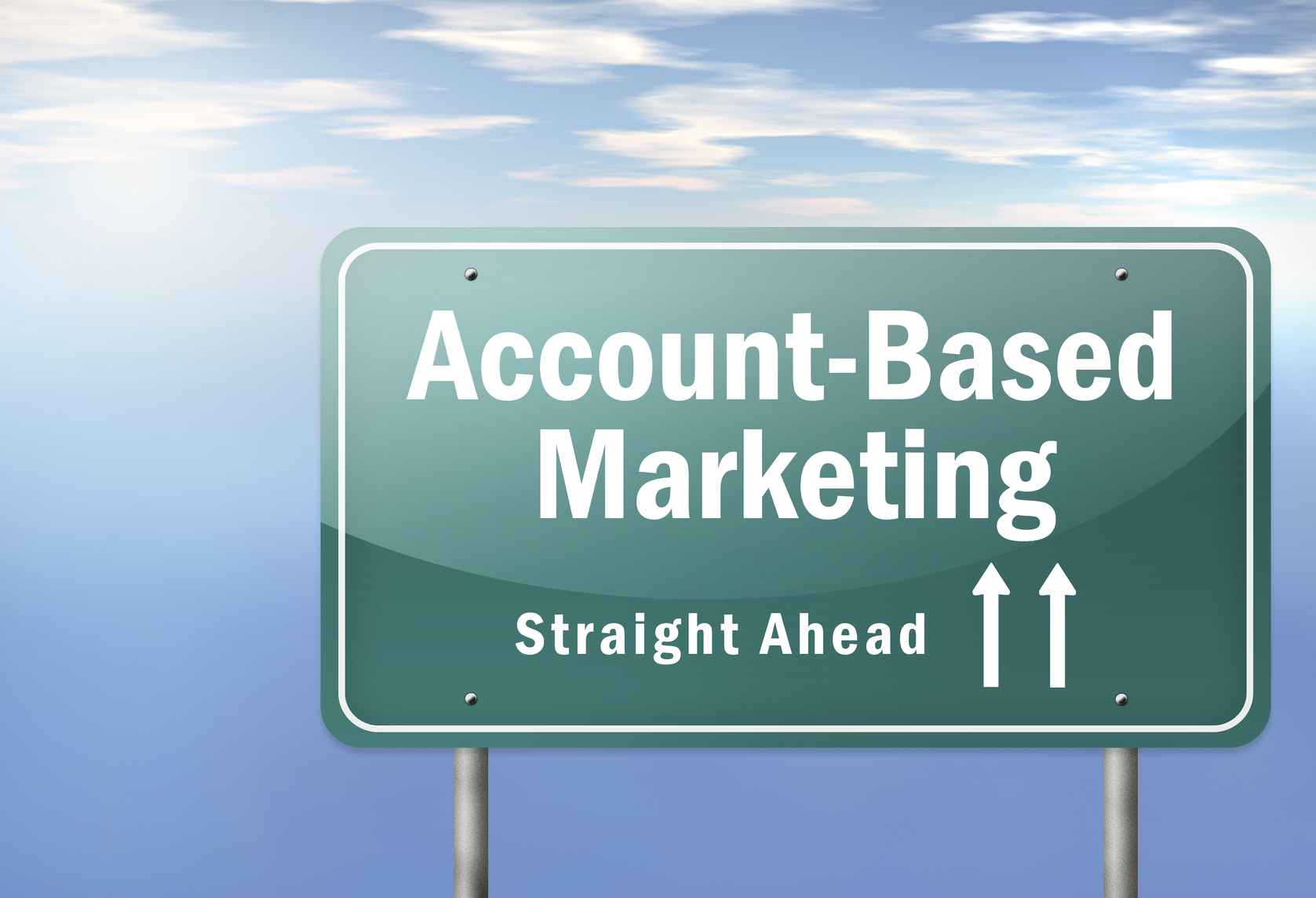Account-based marketing. I wasn’t familiar with the phrase until a presentation at the 2016 Masters of B2B Marketing Conference, but I left with the realization that there’s now a buzzword to describe what Inprela has worked towards for the last 18 months.
Align sales and marketing. Deliver growth.
Account-based marketing speaks to individual prospects as markets of one. For example, targeting a single audience, such as facility managers or a key account. Using this approach, means creating personalized messaging that speaks to their needs, in efforts to open doors, create engagement and drive conversion. Two of the biggest benefits for corporations are marketing and sales alignment and increased brand engagement with the prospect. For agencies like Inprela, it proves we (PR and marketing) can drive company growth.
Account-based marketing is the new normal in B2B marketing, and the presentation validated work we do since the challenges our clients consistently face, especially when the challenges our clients constantly face are always:
- Print and banner ads don’t work
- Poor quality websites
- Sales won’t follow up on leads
- Sales and marketing are not aligned
Compelling statistics
This is where account-based marketing can come to the rescue. To start, work with sales to identify the companies most likely to buy, then market to them. The key here is focus, making the 80/20 rule work for you. According to experts at SiriusDecision and Demandbase, 96 percent of business marketers point to account-based marketing as a key to success, while nearly two-thirds attribute a revenue increase of 10 percent or more to the strategy.
A lot has been written on how to get started with your own account-based marketing program, with most of it focusing on deploying sophisticated marketing software. Proving out the concept doesn’t require the latest technology, though. For this three-step process just get your most strategic brains engaged and have fun.
Get started: Three easy steps
Identify your target
This could be a key account or a specific group of people, identified by title. Engage sales in the process to determine where you want to start. Be specific about what it takes to be a high-qualified prospect. Then, understand this audiences’ need states and the questions they are asking and align it to your value proposition. This will be vital for identifying and developing compelling messaging to increase engagement with your brand.
Market to your target audience (easy, right?)
What content must be created, and for which platforms and channels, to engage your target audience? If you’re not highly confident in the platform or channel, leave it out to start, or prove it out if you have the extra budget.
Content options include the likes of case studies, infographics, videos, short and long form articles. For platforms and channels think about landing pages, events, digital advertising, retargeting and conversion opportunities. The key is determining how you can best serve relevant content to your audience, when and where they are online.
Measure
We’re not talking about click-through rates or unique visitors, but business impact (e.g. engagement, high-quality sales leads, close rates and actual sales revenue). The latter is what earns a seat at the c-suite table. It also enables you to prove your efforts are making a difference and that you’re able to find common ground with sales.
Account-based marketing demonstrates how marketing drives company growth. Consider us believers. It’s some of our firm’s most rewarding and exciting work. In fact, Inprela and the Stratasys Direct Manufacturing marketing team were recognized with a Business Marketing Association B2 Award for driving business growth.The PR program’s focal point, a groundbreaking industry report, generated the second-most leads for the company in 2015 – despite not going live until mid-Q3. Once you’ve experienced account-based marketing, you’ll never want to turn back. It’s rewarding to know your marketing efforts are paying off.



